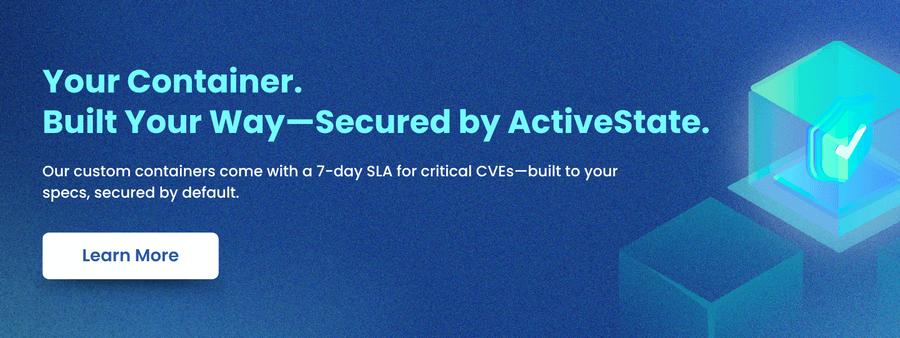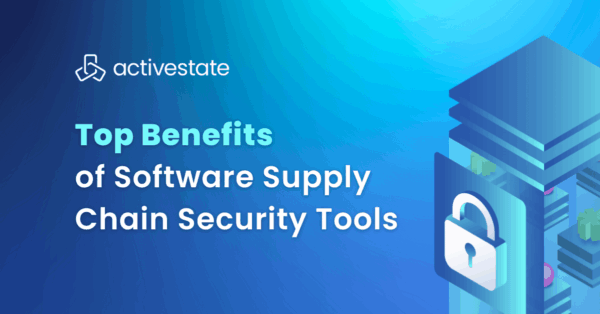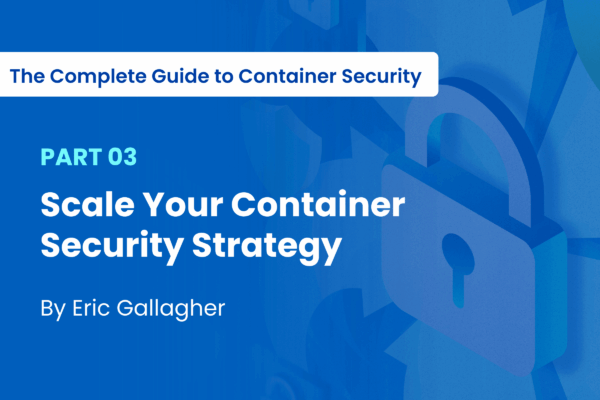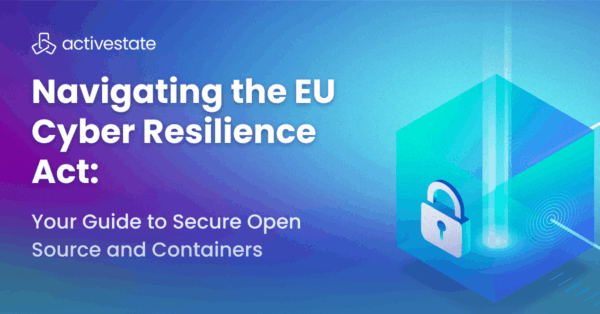As container usage becomes standard across development teams, Kubernetes stands out as the default orchestration platform. But while enterprise engineering teams have made major progress in securing build pipelines and shifting left, a critical blind spot remains: runtime.
Many AppSec leads assume that scanning container images before deployment is enough to keep their Kubernetes workloads safe. In reality, active cyber threats are primarily aimed at vulnerabilities and activities occurring during the operational runtime of containers, particularly once they are deployed in production. Runtime security, then, is the final (and arguably most important) line of defense.
This article explores what Kubernetes runtime security actually entails, why it’s essential, and how your team can detect and respond to live threats before they spread, not after.
Before we begin: What is Kubernetes runtime security?
Kubernetes runtime security refers to the real-time protection of containers, pods and nodes once they are deployed and operational in a Kubernetes environment. It encompasses continuous monitoring, behavioral analysis and threat response capabilities that go beyond static vulnerability scans or pre-deployment checks.
Security in Kubernetes focuses on defending your applications and infrastructure while containers are actively running. It introduces a range of monitoring tools, behavioral policies and real-time enforcement mechanisms designed to detect and prevent threats that emerge after deployment.
These protections span container workloads and Kubernetes network traffic, as well as host activity and kernel-level behaviors. This ensures that even the most dynamic environments remain protected against threats like unauthorized access and privilege escalation.
What are some common runtime threats in Kubernetes environments?
A recent Dark Reading report found that 87 percent of container images in production contain critical or high-severity vulnerabilities. It should come as no surprise to hear, then, that at runtime, the threat landscape expands significantly.
This underscores the urgent need to monitor not just what’s in the container, but what the container is doing at all times. And unlike static vulnerabilities that can be patched pre-deployment, runtime threats exploit dynamic activity, unexpected behavior or operational weaknesses.
Here are some of the most common runtime threats in Kubernetes environments:
- Container escape: If a container exploits a vulnerability in the container runtime or underlying kernel, it can escape its sandbox and gain access to the host. From there, attackers may access other containers or sensitive system-level resources.
- Privilege escalation: Misconfigured service accounts, hostPath mounts, or even elevated capabilities can give attackers opportunities to escalate their privileges and assume control over other resources in the cluster.
- Lateral movement: Once inside a cluster, attackers often attempt to move between pods, namespaces or nodes. Without strong network segmentation or pod isolation, they can exfiltrate secrets or modify deployments with ease.
- Insecure mounts and exposed APIs: Containers that mount the Docker socket or Kubernetes service account tokens can be abused to control other workloads or access the Kubernetes API with elevated privileges.
- Cryptojacking and unauthorized workloads: Threat actors often deploy hidden crypto miners, reverse shells or botnet agents into running containers. These may remain undetected for long periods, consuming computing power and risking reputational damage.
- Zero-day exploitation and supply chain manipulation: Even if containers were secure at build time, newly disclosed vulnerabilities or compromised registries can introduce malicious code during image pulls or third-party library updates at any time. (Psst, we talk about zero-day threats in this article.)
The nature of Kubernetes is fast-moving, decentralized and often opaque. This makes runtime threats difficult to catch (let alone remedy quickly before it’s too late), without dedicated runtime visibility and response mechanisms.
Best practices for detecting and responding to live threats in your Kubernetes container
Once you understand the challenges and threats that come with securing Kubernetes at runtime, the next step is implementing best practices that reduce your exposure and improve resilience.
These strategies are long-term, ongoing behaviors that should be built into your team’s engineering culture and platform architecture from the ground up.
Here are the best practices for detecting and responding to live threats in your Kubernetes container.
Restrict privileges for every container
Ensure containers run with only the permissions they absolutely need. Apply the principle of least privilege using Security Context settings, avoid unnecessary capabilities, and enforce tightly scoped RBAC rules.
Run containers as non-root by default
Eliminate containers running as root wherever possible. Instead, use distroless or minimal base images and configure Kubernetes Pod Security Standards to enforce non-root users.
Instrument continuous runtime monitoring
Deploy agents or services that collect telemetry data and monitor workload activity in real-time. This will allow your teams to detect suspicious behavior and continuously improve your runtime defense posture.
Define and track normal behavior
Baseline the operational patterns of your workloads to identify unusual changes over time. This helps reduce false positives and increases confidence in alerting.
Reduce the attack surface from the start
Use hardened, minimal images, which are built from source and verified with signed SBOMs. ActiveState’s secure container images are built specifically to minimize vulnerabilities while offering full customization.
Each of these best practices builds toward a more resilient runtime environment, and environment where engineering teams can confidently scale and secure Kubernetes applications.
Wait! Why are Kubernetes runtime threats harder to detect?
Securing workloads during runtime in Kubernetes isn’t like locking down a static server or a monolithic application.
Kubernetes introduces a layer of abstraction that enables teams to deploy microservices quickly and efficiently. But, this comes with a trade off — abstraction also makes it harder to monitor and secure what’s happening underneath your application.
Kubernetes environments are:
- Ephemeral: Pods and containers are short-lived by design. They’re constantly being created, destroyed and replaced by controllers, which limits the effectiveness of traditional endpoint monitoring tools.
- Highly dynamic: Infrastructure and workloads change frequently (for example, new deployments, configuration updates and autoscaling events). This often happens without manual intervention, too. Security policies and detection systems must be just as dynamic to keep up.
- Inherently complex: RBAC policies, network segmentation, service meshes, sidecars, secrets management… these can all be configured in dozens of ways, and misconfiguration is easily overlooked. All it takes is one overlooked default and you could be faced with wide-open attack paths.
- Distributed across clusters and clouds: It’s common for production environments to span multiple cloud (and on-premise) providers and clusters, making it difficult to enforce consistent runtime policies and visibility across all workloads.
For engineering managers, runtime security poses new threats. Quite simply, it’s an architectural and operational challenge that must be addressed with a layered, proactive approach.
Integrating runtime security into your CI/CD pipeline
Runtime security can (and should) be integrated as early as possible in your CI/CD pipeline. By embedding runtime-focused controls into your release process, you can automate risk mitigation and prevent misconfigured or non-compliant workloads from ever reaching production.
Here’s how enterprise engineering teams can incorporate runtime awareness into their pipelines:
- Shift enforcement left with admission controllers: Use Kubernetes-native tools like validating admission webhooks or Kyverno policies to block container deployments that violate runtime best practices, such as running as root or mounting sensitive volumes.
- Pre-load runtime agents or policies into images: Instrument images during the build process with runtime monitoring agents or enforce seccomp/AppArmor profiles at image bake time.
- Automate compliance gates: Integrate runtime configuration checks (this could include RBAC, network policies or pod security standards) into the different stages of your CI/CD pipeline.
- Continuously verify post-deployment behavior: Use canary deployments and observability dashboards to validate expected workload behavior before promoting to production.
- Leverage secure container images by default: Start with hardened, low-to-no CVE base containers and feed them into your build workflows to reduce runtime exposure from the outset.
By bringing runtime security into your CI/CD pipeline, your team can all but eliminate manual drift (learn about manual drift here) and ensure that every deployment ships with the necessary guardrails in place that keep your application secure.
Final thoughts: Don’t let runtime be a blind spot
As container adoption grows, so too does the need for security practices that evolve with dynamic environments. Essentially, this means that Kubernetes runtime security is a core pillar of modern application protection.
By investing in real-time detection, monitoring and enforcement, DevSecOps leads can significantly reduce the risk of application breaches, as well as minimize operational disruption and demonstrate a strong security posture to internal stakeholders and external auditors alike.
To learn more about building secure containers with full provenance and zero patching chaos, read our article on container security titled “Container Security 10 Best Practices Every Engineering Team Should Know”

Eliminate containers running as root wherever possible. Instead, use distroless or minimal base images and configure Kubernetes Pod Security Standards to enforce non-root users.







